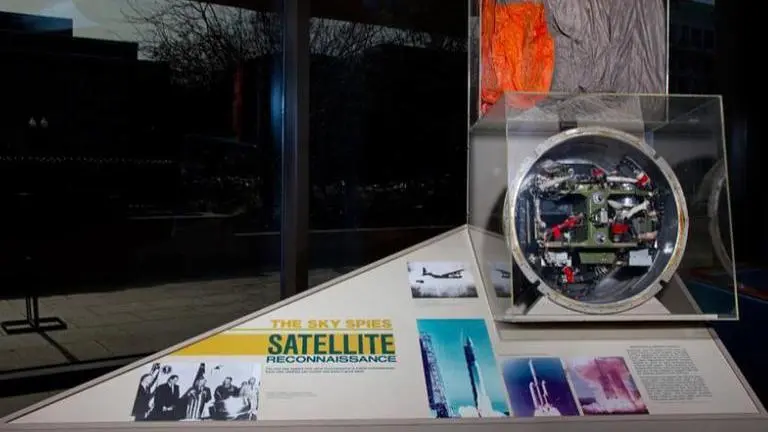Updated 10 August 2020 at 15:19 IST
NASA launched Discoverer 13 satellite on this day in 1960, first ever recovered from orbit
NASA Discoverer 13 was Earth-orbiting satellite designed to test spacecraft engineering techniques and attempt deceleration, re-entry through the atmosphere.
- Science News
- 3 min read

On August 10, 1960, NASA launched the Discoverer-13 satellite that went on to become the first object ever recovered from orbit. Discoverer 13 was an Earth-orbiting satellite designed to test spacecraft engineering techniques and to attempt deceleration, re-entry through the atmosphere, and recovery from the sea of an instrument package, according to NASA’s statement from the year of the launch. Discoverer 13 was launched on a Thor-Agena from Vandenberg (complex 75-3 on pad 50.
According to NASA, after the launch, the first stage separated and the Agena placed the satellite into a 250 x 705 km, 82.9-degree inclination near-polar orbit. After completion of successful 17 orbits, a command was sent from a ground station on Kodiak Island to the spacecraft to start the recovery sequence. However, in an unexpected turn of events, the recovery vehicle ejected by small springs was spun by the cold gas system for the stability of the space. Additionally, a retrorocket fired, reducing the velocity of the spacecraft by about 400 m/s, and then the spin system attempted to de-spin it.
"My first spaceflight was from @NASAKennedy on the space shuttle Discovery. That was 15 years ago, but my memory is still fresh." @Astro_Soichi of @JAXA_en will be on the Crew-1 mission following this historic #LaunchAmerica flight test: pic.twitter.com/2us60Q09ZN
— NASA (@NASA) May 27, 2020
The orbit ejection subsystem dropped off just before it started to heat up on re-entry, leaving the capsule and heat shield. At 15,000 meters a small parachute was deployed, a radio beacon and strobe lights were activated, and the heat shield was released—NASA, said in the statement.
Advertisement
Splashed down in Pacific Ocean
The capsule, which splashed down in the Pacific Ocean 610 km NNW of Honolulu, was recovered by the space agency after Haiti Victory, a Navy ship, sent out its helicopter to retrieve the spacecraft. Haiti victory crew dropped frogmen into the water, who then attached a collar to the capsule for the historic helicopter retrieval. “It was brought back to the ship and taken to Pearl Harbor. The flag was presented to President Eisenhower on 15 August 1960. The Agena stage re-entered the atmosphere and burned up on November 14, 1960,” NASA informed in the statement. NASA released historic images a few years later.
[Space shuttle Columbia on Pad 39A "watches" the picture-perfect ascent of sister ship Discovery during its liftoff on STS-31. Credit: NASA]
Advertisement
[Discovery makes a smooth landing on the runway at Edwards Air Force Base, Calif. Credit: NASA]
[Employees at NASA's Kennedy Space Center stop to watch as Discovery rolls from the Orbiter Processing Facility Bay-2. Credit: NASA]
[Carried by its mobile launcher platform, Discoverer-13 slowly moves through the high bay doors. Credit: NASA]
Published By : Zaini Majeed
Published On: 10 August 2020 at 15:19 IST





